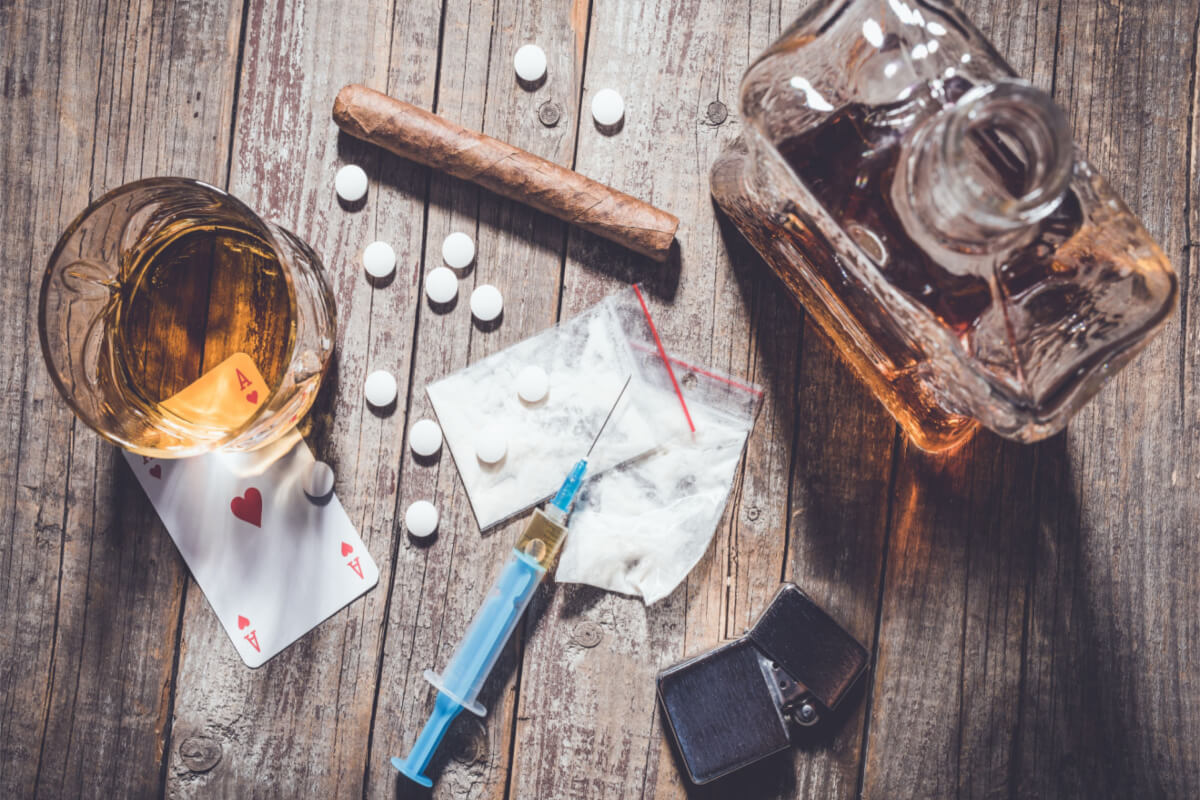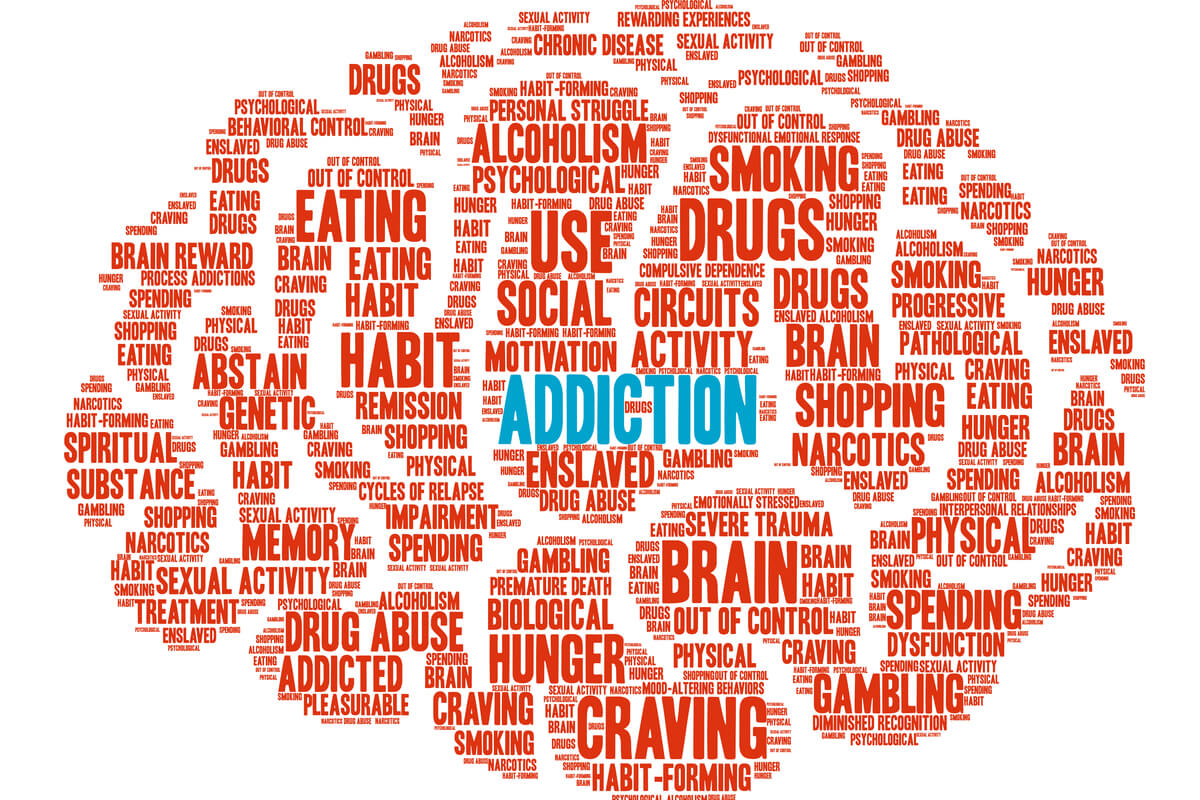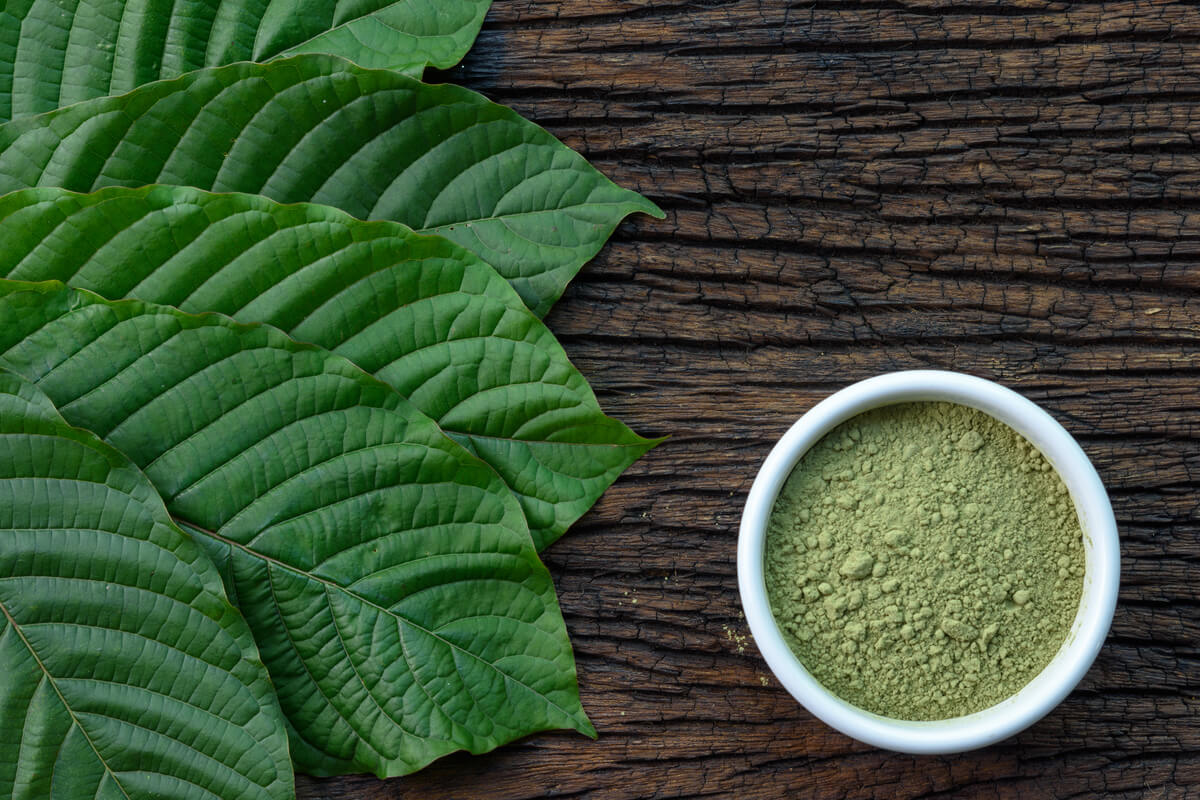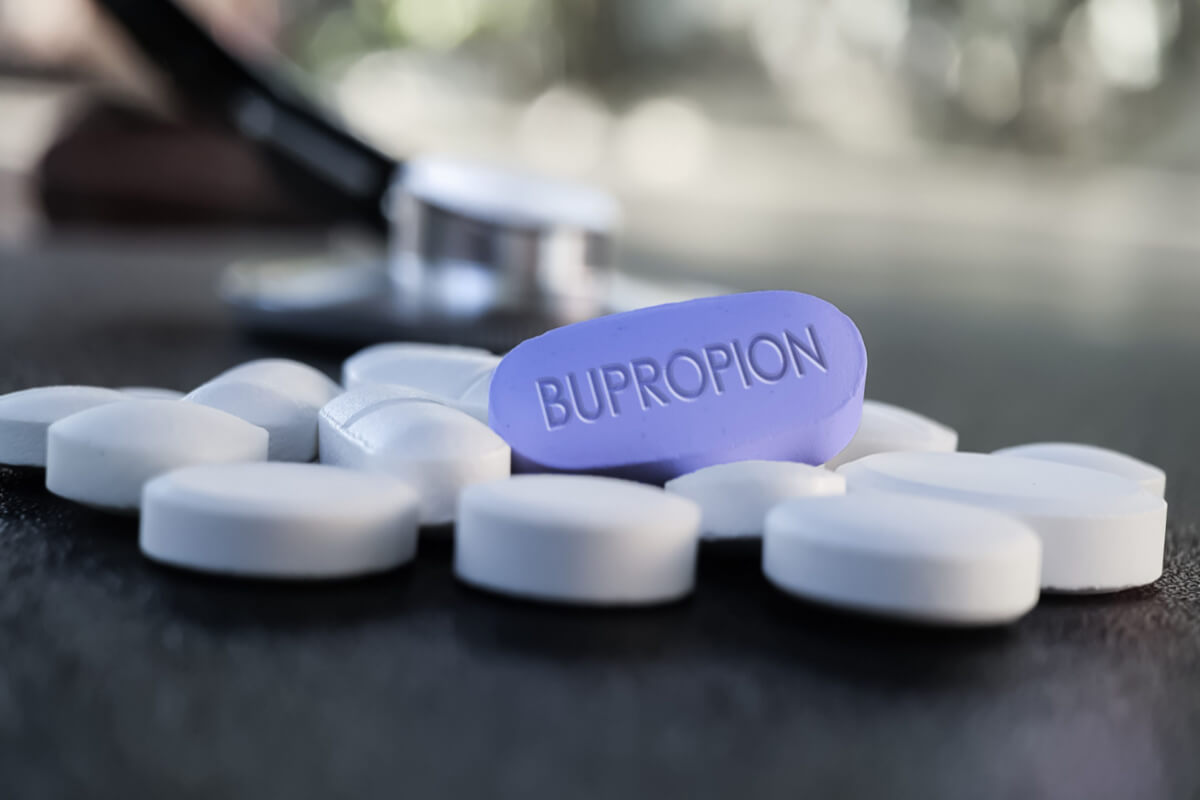
In the most recent National Survey on Drug Use and Health, almost 60% of people ages 12 and older used some kind of substance in the last month.[1]
These are the most commonly misused substances per that report:[1]
- Alcohol: 138.5 million monthly users
- Marijuana: 32.8 million monthly users
- Prescription painkillers: 2.5 million monthly users
- Prescription sedatives: 2.2 million monthly users
- Cocaine: 1.8 million monthly users
- Hallucinogens: 1.8 million monthly users
- Methamphetamine: 1.7 million monthly users
- Prescription stimulants: 1.5 million monthly users
Alcohol Misuse
Restaurants, liquor stores, grocery stores, and mini-markets all stock shelves with alcohol. Among addictive substances, alcohol is the easiest to get most likely because it is legal.
During the pandemic, many people changed their relationship with alcohol. They did more of the following:
- Drinking privately: Instead of heading to bars and clubs, they drank alcohol at home.
- Drinking more: On average, people took in 26.8 drinks in past 30 days during the pandemic of the past 2 years.[2]
- Binging on alcohol: One-third of people admitted to binge drinking, and 7% admitted to extreme binge drinking during the pandemic.[2]
Many people endorsed drinking more to simply cope with COVID-related stress. Since the pandemic lingers, their mental health concerns may remain. Experts worry that the increases in alcohol use seen during the pandemic may stick with us for years.[3]
Marijuana Misuse
More than 90% of American adults believe marijuana should be legal for either medical or recreational use.[4] As this once-illicit drug becomes more mainstream and widely acceptable, more people feel comfortable using it openly.
As of February 2022, 37 states allowed for legal medical marijuana use.[5] Still more allow for legal recreational use. Overall, Marijuana is thought to be a comparatively safe drug. However, excessive or daily use can still lead to impairments in functioning significant enough to put individuals at risk for a marijuana use disorder.
Prescription Painkiller Misuse
About 29% of people prescribed painkillers for chronic pain report misusing them.[6] They take too many pills at once, crush the pills to make them work faster, or speed up dosing schedules to get high. These behaviors are dangerous.
Overdose deaths attributed to prescription painkillers quadrupled between 1999 and 2019.[7] Changing behaviors around opioids is critical to saving lives.
Benzodiazepine Misuse
Use of Benzodiazepines, also rose during the pandemic.[8]
This class of medications includes drugs like alprazolam, diazepam, lorazepam and clonazepam. This drugs are often used as anxiolytics to ease anxiety, but can be habit forming and can cause serious physiologic dependence and dangerous withdrawals.
Cocaine Misuse
The illicit stimulant cocaine causes euphoria. Even one dose can spark persistent changes within the brain. It’s not uncommon for people to use the drug just once and immediately look for another hit.
Online drug sales make access to cocaine even easier. Major web drug markets are worth about $315 million annually.[9] Online selling of this drug has increased the accessibility of this drug in recent years.
Hallucinogen Misuse
Substances like mushrooms, ecstasy, and LSD are often used in party situations.
Almost half of all young people admitted to taking psychedelic drugs during the pandemic.[10]
Methamphetamine Misuse
Methamphetamine is a powerful stimulant drug.
High doses of meth can lead to overdose and death. Overdoses attributed to illicit stimulants like meth rose 180% in the five years prior to the pandemic.[12]
Stimulant Misuse
Substances like Ritalin and Adderall promise to keep users awake, wired, and productive for hours without the need for sleep. They can also boost feelings of euphoria.
As people returned to work and their coworkers left for better jobs, they took on more tasks and higher responsibility levels. Some turned to performance-enhancing stimulants. More than a quarter of people misusing stimulants said that they were able to use more in the context of working from home.[13]
What About Behavioral Addictions?
Substance misuse grabs headlines, but people can also grow addicted to actions they take repeatedly. The pandemic also saw rises in what we consider “behavioral” addictions, including over eating, gambling, and social media overuse.[14,15]
What Do We Do About Unhealthy Habits or Addictions That Have Developed During the Pandemic?
The pandemic has brought out some unhealthy habits in all of us, and has initiated or worsened addictive behaviors in certain individuals. If you’re concerned about a developing or persistent addiction, reach out to medical and/or behavioral health professionals for help.
Common Addictions FAQs
What are the most common addictions in 2022?
Alcohol and marijuana top the list of misused substances in the United States in 2022. But substances like prescription sedatives and methamphetamine remain a concern as well.
What common “behavioral” addictions also increased during the pandemic?
Overeating and gambling can quickly become addictive. Many of us also show signs of screen addiction as we can’t seem to tear ourselves away from our phones and computers.
What are examples of addictions?
People can be addicted to behaviors in the same way they can get addicted to substances. Behavior addictions include overeating, gambling, over-exercising, sex addiction, shopping addiction, or spending excessive time on the internet or on forms of social media.

By Elena Hill, MD, MPH
Elena Hill, MD; MPH received her MD and Masters of Public Health degrees at Tufts Medical School and completed her family medicine residency at Boston Medical Center. She is currently an attending physician at Bronxcare Health Systems in the Bronx, NY where ... Read More
- Key Substance Use and Mental Health Indicators in the United States: Results from the 2020 National Survey on Drug Use and Health. Substance Abuse and Mental Health Services Administration. https://www.samhsa.gov/data/sites/default/files/reports/rpt35325/NSDUHFFRPDFWHTMLFiles2020/2020NSDUHFFR1PDFW102121.pdf. October 2021. Accessed May 2022.
- Alcohol Consumption During the COVID-19 Pandemic: A Cross-Sectional Survey of U.S. Adults. International Journal of Environmental Research and Public Health. https://www.ncbi.nlm.nih.gov/pmc/articles/PMC7763183/. December 2020. Accessed May 2022.
- Changes in Adult Alcohol Use and Consequences During the COVID-19 Pandemic in the U.S. JAMA. https://jamanetwork.com/journals/jamanetworkopen/fullarticle/2770975. September 2020. Accessed May 2022.
- Americans Overwhelmingly Say Marijuana Should be Legal for Recreational or Medical Use. Pew Research Center. https://www.pewresearch.org/fact-tank/2021/04/16/americans-overwhelmingly-say-marijuana-should-be-legal-for-recreational-or-medical-use/. April 2021. Accessed May 2022.
- State Medical Cannabis Laws. National Conference of State Legislatures. https://www.ncsl.org/research/health/state-medical-marijuana-laws.aspx. April 2022. Accessed May 2022.
- Opioid Overdose Crisis. National Institute on Drug Abuse. https://nida.nih.gov/drug-topics/opioids/opioid-overdose-crisis./ March 2021. Accessed May 2022.
- Prescription Opioid Drug Overdose Deaths: Overview. Centers for Disease Control and Prevention. https://www.cdc.gov/drugoverdose/deaths/prescription/overview.html. March 2021. Accessed May 2022.
- Benzodiazepine Misuse: An Epidemic Within a Pandemic. Cureus. https://www.ncbi.nlm.nih.gov/pmc/articles/PMC8294026/. June 2021. Accessed May 2022.
- COVID Pandemic Fuelling Major Increase in Drug Use Worldwide: UN Report. United Nations. https://news.un.org/en/story/2021/06/1094672. June 2021. Accessed May 2022.
- Psychedelic Experiences During the Early COVID-19 Pandemic: Findings From an International Online Survey. Frontiers in Psychiatry. https://www.frontiersin.org/articles/10.3389/fpsyt.2021.732028/full. November 2021. Accessed May 2022.
- Perceived Difficulty of Getting Help to Reduce or Abstain from Substances Among Sexual and Gender Minority Men Who Have Sex with Men (SGMSM) and Use Methamphetamine During the Early Period of the COVID-19 Pandemic. Substance Abuse Treatment, Prevention, and Policy. https://substanceabusepolicy.biomedcentral.com/articles/10.1186/s13011-021-00425-3. December 2021. Accessed May 2022.
- Overdose Deaths Involving Methamphetamine Nearly Tripled Prior to COVID-19 Pandemic. Healio. https://www.healio.com/news/primary-care/20210922/overdose-deaths-involving-methamphetamine-nearly-tripled-prior-to-covid19-pandemic. September 2021. Accessed May 2022.
- Substance Abuse Got Worse Amid the Pandemic and Remote Work. Society for Human Resources Management. https://www.shrm.org/resourcesandtools/hr-topics/benefits/pages/substance-abuse-got-worse-amid-pandemic-and-remote-work.aspx. December 2021. Accessed May 2022.
- Substance Use Disorders and Behavioral Addictions During the COVID-19 Pandemic and COVID-19-Related Restrictions. Frontiers in Psychiatry. https://pubmed.ncbi.nlm.nih.gov/33935838/. April 2021. Accessed May 2022.
- 5 Tips for Overcoming Your Pandemic Screen Addiction. Journal of Accountancy. https://www.journalofaccountancy.com/newsletters/2021/may/overcoming-pandemic-screen-addiction.html. May 2021. Accessed May 2022.
Download Our Free Program Guide
Learn about our program, its effectiveness and what to expect
Related articles
Imagine what’s possible on the other side of opioid use disorder.
Our science-backed approach boasts 95% of patients reporting no withdrawal symptoms at 7 days. We can help you achieve easier days and a happier future.








